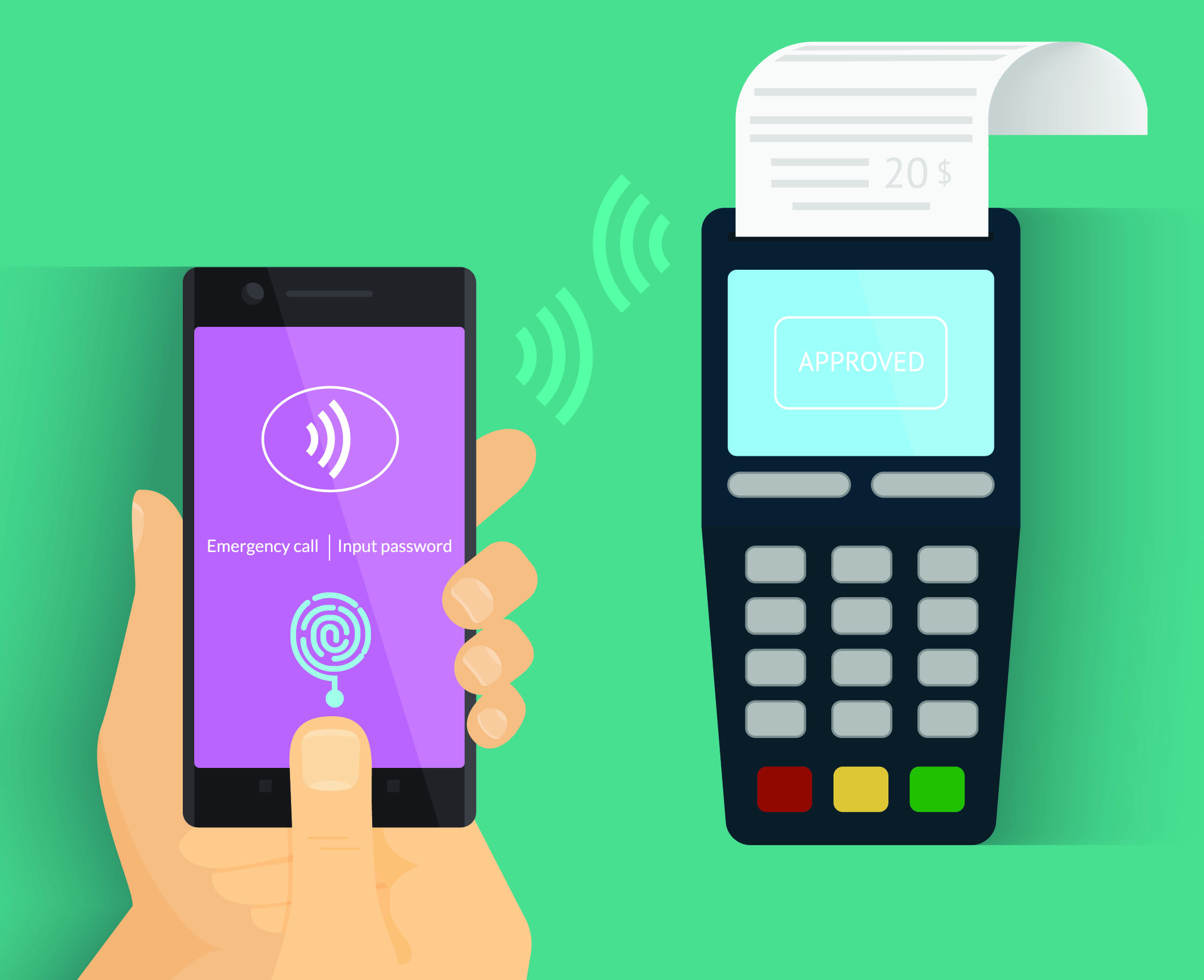Estimated reading time: 2 minutes
Today, the term ‘smart’ is used to describe the ever-growing number of devices with wireless connectivity – from smartphones to smart plugs to smart printers. However, ‘smart’ is often used as a one-size-fits-all term that doesn’t adequately explain the nuances across devices. Smart devices can offer many more opportunities than simple wireless connectivity or the flashy interface options. Specifically, smart printing is an important option for businesses to consider when investing in hardware infrastructure within an office.
What is smart printing?
Smart printing can be summed up in one word: programmability. Smart printers are programmable and do not require control from a PC or other device. They have the built-in power of a personal computer and are able to host applications and perform print jobs directly from the printer. As a result, they save businesses of all sizes both time and money.
Smart printing advantages
Cost savings: Traditional printers require investing in a host (such as a PC) to execute print jobs. But with smart printers, users’ costs are reduced because the need for a PC is eliminated. The cost savings for businesses don’t stop there, either. Additional cost savings can be realized over the life of the printer and vary from business-to-business. Typically, smart printers use far less ink than traditional printers, and they’re able to complete print jobs much more quickly.
Streamline processes: With traditional models, operators often pre-print labels in inefficient batches prior to use. This leads to unnecessary waste when label information changes and labels have to be re-printed. With smart printers, the user can program the printer to run a single label as needed rather than having to print multiple at a time. Users save time and reduce waste because they can print the exact quantity required when and where they need it.
Error prevention: Errors in business translate into lost productivity and an increase in waste and costs from having to allocate valuable resources to fix them. Smart printers can be programmed to help prevent errors that arise in day-to-day operations. One way is to combine smart printers with peripherals such as scanners, scales and barcode scanners to provide verification in printing procedures.
Convenience: Smart printers do not have to connect to a computer or a network to get the job done. This means fewer connections, wires, and hassles at setup. Some smart printers increase deployment time by arriving configured right out of the box, allowing companies to unpack the machine and immediately integrate it into office use. Furthermore, mobile printers provide added convenience by allowing the user to print invoices and forms at the job site. This saves users time and effort by not having to print and mail documents at a later time.
Ease of Maintenance: Smart printers can perform self-diagnostics and troubleshooting, and communicate to the operator when an issue arises. These advanced features enable users to address common problems quickly rather than having to engage with technical services. This saves time and makes issue resolution less of a headache.
Smart printers are versatile with a wide selection ranging from mobile, to rugged, to stationary industrial printers. Smart printers can be deployed in a variety of applications and environments from retail, mobile POS, route-accounting, direct-store delivery, healthcare, pharmaceuticals, warehousing, and manufacturing. No matter the industry, there is a smart printer available to meet your business’s needs. With all the notable advantages of smart printers, they’re worth considering when making your next printer purchase.
Contributing Writer: Angela Feeney

